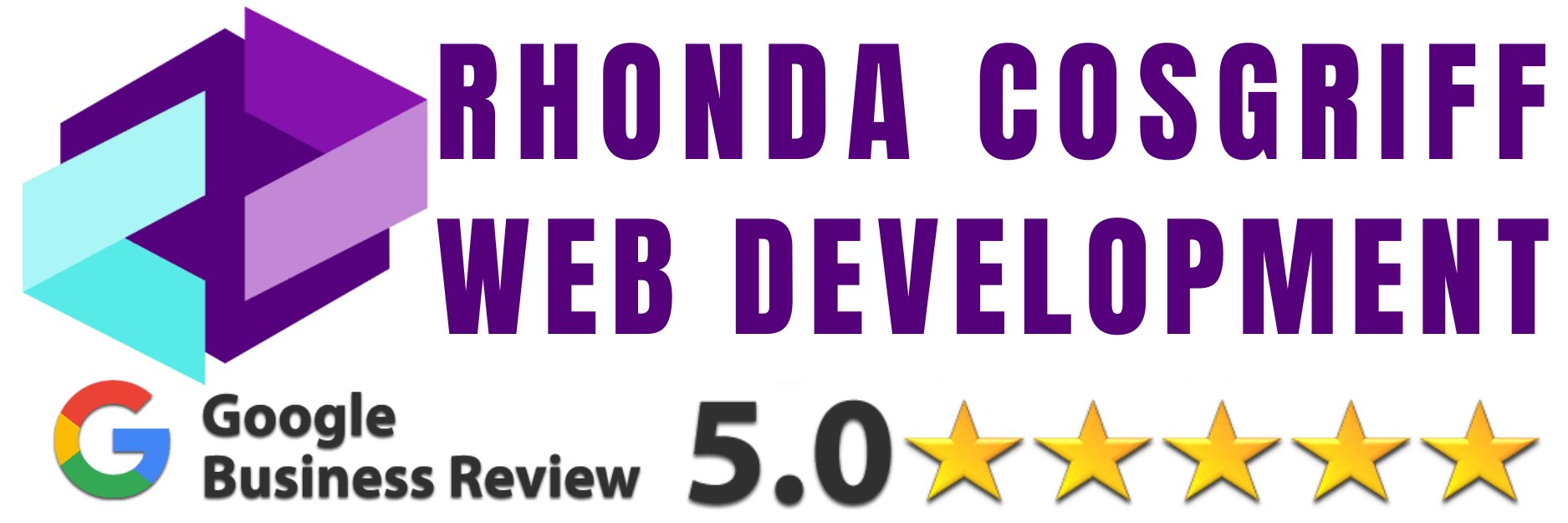2024 Update: Exploring the Downsides: Cons of Squarespace, Shopify, and Wix
While Squarespace, Shopify, and Wix are popular choices for “do it yourself” websites, they each come with their own set of limitations and drawbacks the biggest of all is they do not come with root access, so you infact do not on your site. In this article, we’ll explore the cons of these platforms to help you make an informed decision when selecting the right website builder for your online venture.
The Limitations of Squarespace
Limited Customization Options
One of the main drawbacks of Squarespace is its limited customization options compared to other website builders. While Squarespace offers sleek templates and intuitive design tools, users may find themselves restricted in terms of layout, functionality, and branding customization.
E-Commerce Functionality
While Squarespace does offer e-commerce functionality, it may not be as robust or feature-rich as dedicated e-commerce platforms like Shopify. Users may encounter limitations when it comes to managing inventory, processing payments, and integrating with third-party tools and services.
Pricing Structure
Squarespace’s pricing structure can be a downside for some users, especially those on a tight budget. While Squarespace offers competitive pricing plans, they may not be as cost-effective as other website builders, particularly for users who require advanced features or scalability. You will end up spending the cost of having a website you fully own designed in a matter of a couple years on these all-in-one builders.
The Challenges of Shopify
Learning Curve
One of the cons of Shopify is its steep learning curve, especially for users who are new to e-commerce or website development. While Shopify offers powerful features and extensive customization options, navigating its interface and mastering its functionality can be daunting for beginners.
Transaction Fees
Shopify’s transaction fees can be a significant drawback for small businesses and startups, particularly those with low sales volumes. While Shopify offers competitive pricing plans, users may incur additional fees for each transaction processed through the platform, impacting their bottom line.
Dependency on Apps
While Shopify boasts an extensive app ecosystem, users may find themselves reliant on third-party apps to access advanced features or functionality. This dependency can lead to additional costs, compatibility issues, and security concerns, as users integrate multiple apps into their Shopify stores.
The Considerations of Wix
Advertisements on Free Plan
One of the cons of Wix’s free plan is the presence of Wix-branded advertisements on users’ websites. While Wix offers a free tier with basic features, users may find the display of advertisements intrusive or unprofessional, especially for businesses or portfolios seeking a polished online presence.
Limited E-Commerce Features
While Wix does offer e-commerce functionality, it may not be as robust or scalable as dedicated e-commerce platforms like Shopify. Users may encounter limitations when it comes to managing large product catalogs, processing transactions, and optimizing their online stores for sales and conversions.
Template Dependency
Wix’s reliance on templates for website design may be a drawback for users seeking complete creative control over their websites. While Wix offers a wide range of templates to choose from, users may find themselves constrained by the limitations of pre-designed layouts and unable to achieve their desired look and feel.
In Conclusion
While Squarespace, Shopify, and Wix are popular choices for building websites, each platform has its own set of limitations and drawbacks to consider. Whether it’s limited customization options, transaction fees, or template dependency, understanding the cons of these platforms is essential for making an informed decision that aligns with your business goals and budget.













